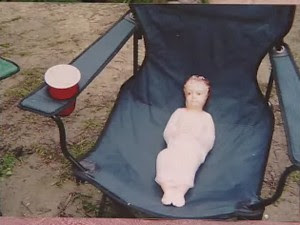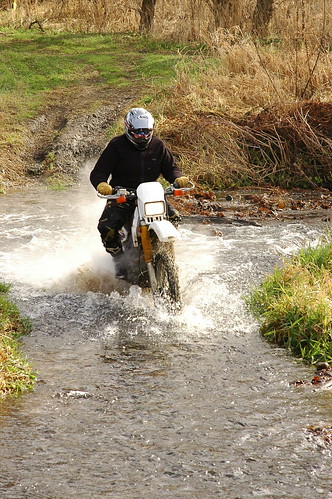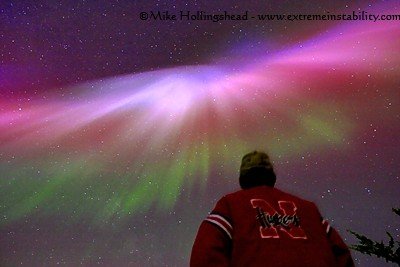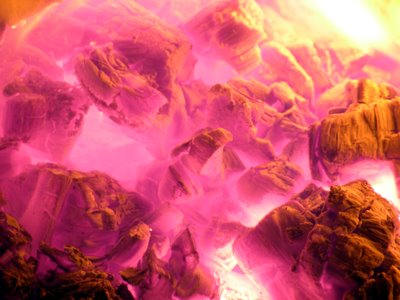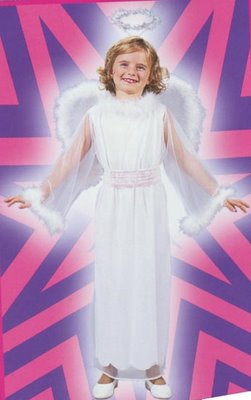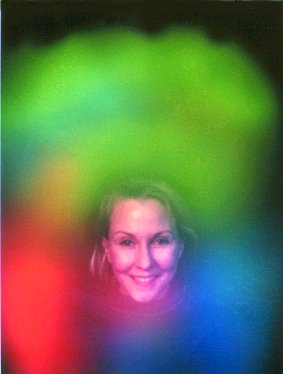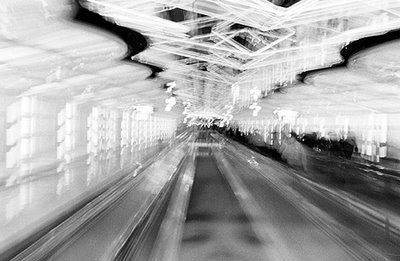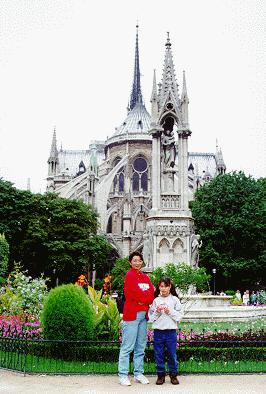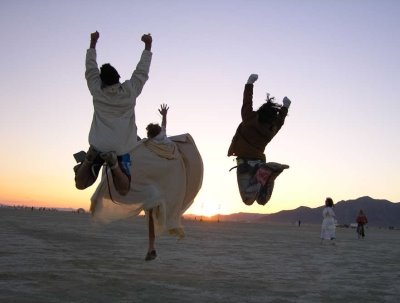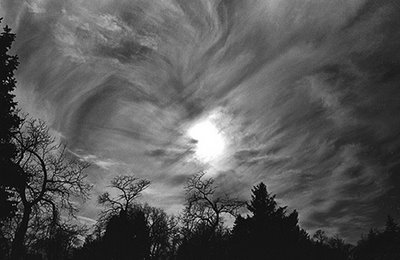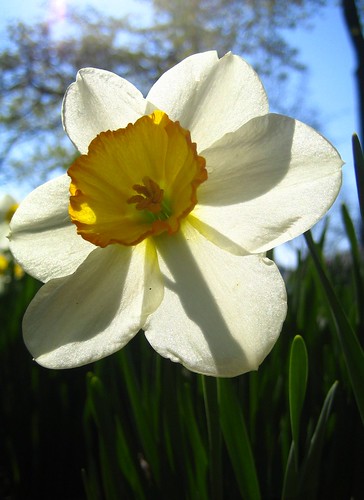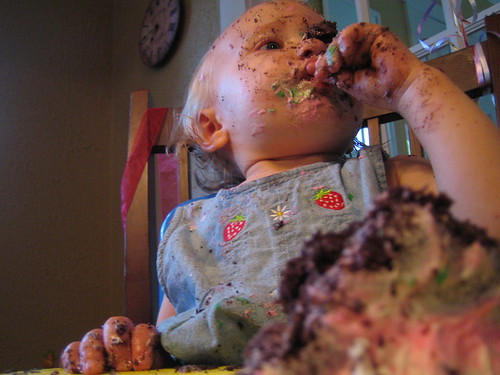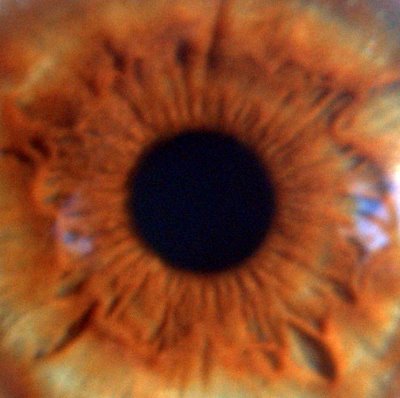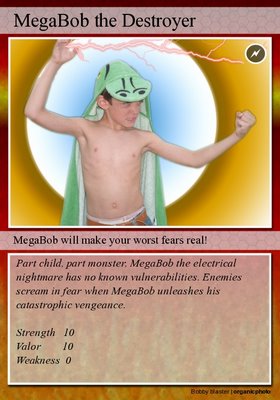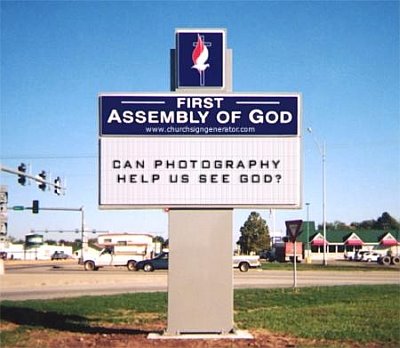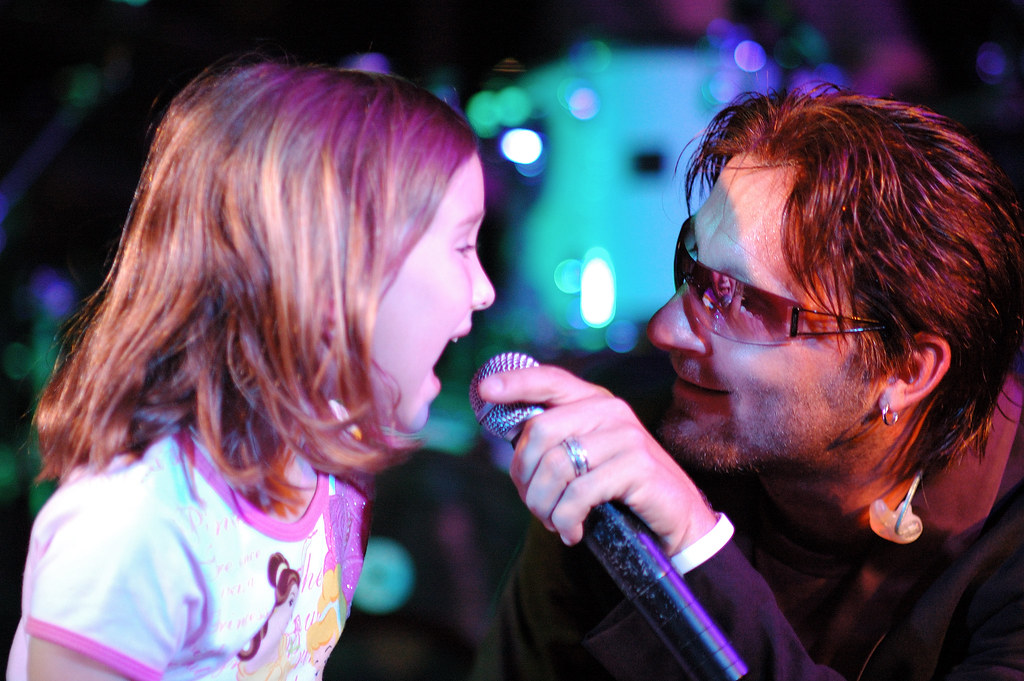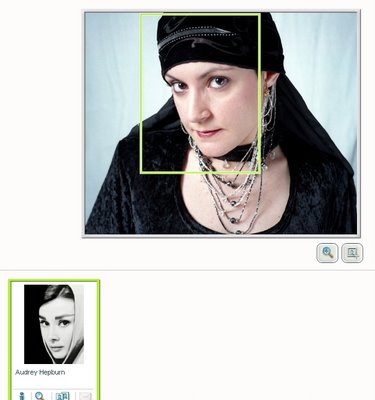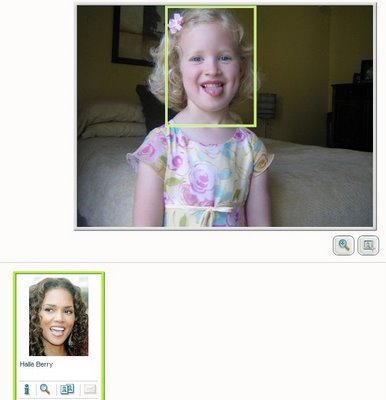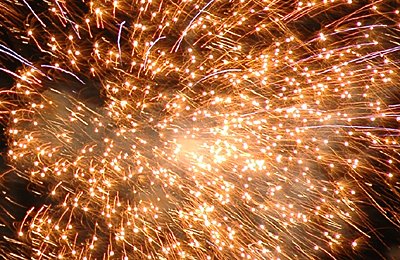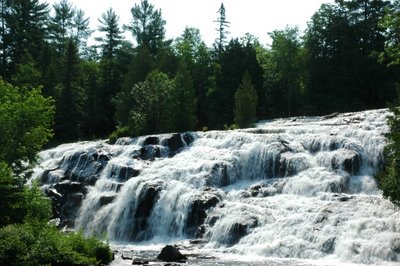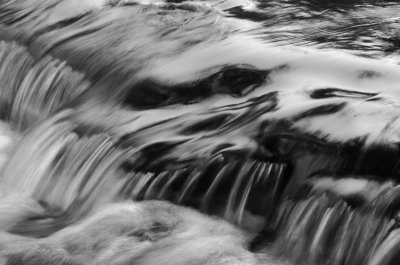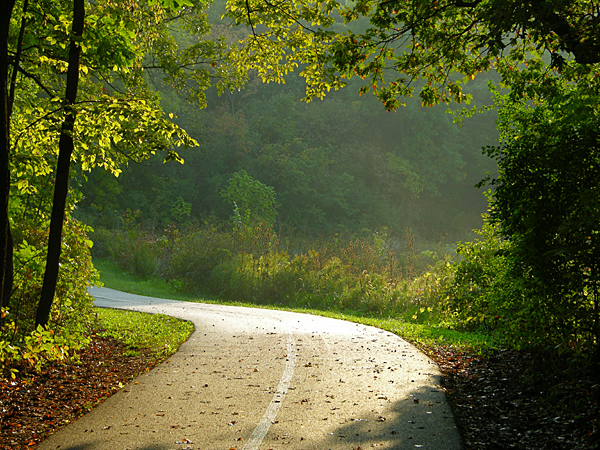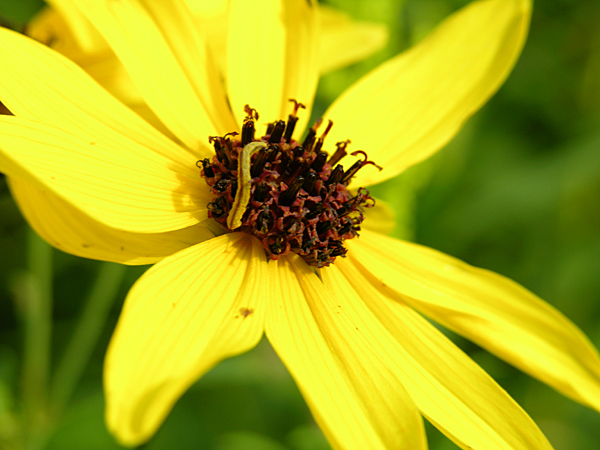I love the movie Jerry Maguire. One of my favorite scenes involves the football player getting mad at his agent for not landing him a lucrative contract. In frustration, the agent shouts "Help me help you!" Every bride-to-be is like a pro football player. The lucrative contract that every bride wants is a successful wedding. I'd like to give brides-to-be a few ideas to ponder so you can help your photographer get great photos of your wedding and score a touchdown for your wedding album. If you'd like me to expand on any of the points, feel free to reply to this post or send an email.
1) Please don't rely on a wedding gift of photography or videography services from a relative or friend unless they have professional experience. I realize that I'm biased, but when I sit down to dinner with wedding guests, I often hear horror stories about wedding photographers, and everyone I talk to who relied on their dear uncle to photograph or videotape their wedding lived to regret it. If someone offers to take pictures or videotape, that's great, but don't rely solely on that. The risk of having an album full of mediocre (or worse) wedding photos isn't worth the money saved.
If you do have someone taking photos for you in addition to your pro photographer, please make sure everyone understands that the paid photographer is in charge. Over the years, I've had to wrestle with a couple of overzealous wedding guests who were blocking me from getting important shots because they thought their camera made them THE photographer. I think it's awesome that so many wedding guests take photos, but it becomes a problem when they hinder the photographer from doing their job.
2) The counterpoint to #1 is that you shouldn't assume that your photographer will "figure it all out." The more you talk with your photographer beforehand to plan out your wedding photos, the more you and your photographer will be thinking about how to create as many great wedding photos as possible. I guarantee that the few minutes spent planning beforehand will always result in better photos, and more of them.
3) Please try to have your cell phone with you or ask someone who will be traveling with you to carry one. A wedding is much like a stage production. All kinds of surprises can pop up and it's good to have a way to coordinate with people like your photographer. You can set the phone to vibrate so it doesn't disturb anything going on. Doing this allows you to be more spontaneous in where you go between the wedding and the reception. A recent example happened last week when the bride and groom planned to take pictures at Buckingham Fountain before finding out that the Taste of Chicago was still going on, making photos impossible. A quick phone call between the best man and I was all it took to quickly reroute to Navy Pier for some great pictures.
4) Please ask your DJ to make an effort at coordinating with your photographer. Your DJ acts as your MC, and should be serving you by working with the photographer to make sure he or she is in place to capture your important memories. For example, if you have one photographer, he or she can't shoot formal portraits of the guests and the first dance photos at the same time. A quick announcement over the microphone that the bride and groom will be having their first dance not only helps your photographer, it alerts all of your guests who brought cameras and want to take pictures as well.
5) This is a minor point, but it's worth mentioning. Please consider your photographer and your guests (many of whom will bring cameras) when deciding the light level of the reception. When dancing starts, it's common for all the lights to get turned off and for only the DJ's colored lights to illuminate the room. This can be a challenge for the photographer to get great dancing photos. I love shooting dancing photos. It's the time when everyone finally lets their hair down and cuts loose. But it's not so easy to catch that priceless photo of grandma getting down on the dance floor when it's too dark to see what's going on.
Cameras vary in how quickly they focus in low light, but no matter what camera your photographer uses, the more light they have to work with, the better. I'm NOT suggesting that the lights be turned up all the way. I find that dimming the lights (instead of turning them off) not only helps a camera to focus quickly and accurately, but the ambient light also creates more depth in the photos, compared to the typical black background that's common with most indoor flash photos. If you've ever seen a movie set, you know that filmmakers use a LOT of light to create depth. They go to this trouble because depth is always more pleasing to the eye than the 2-dimensional flatness created by a well-lit foreground and a black background.
I want to be Jerry Maguire landing a big juicy contract for every wedding album I help to create. Every good wedding photographer wants the same. Please consider these ideas to help your photographer help you.
 I wasn't the only one who liked the idea of taking an object on a photo excursion. Travelocity ripped off the garden gnome idea for their ads, and very recently, you may have heard about The Baby Jesus Chronicles, a prank-turned-art project that gets my vote for "Most Creative Photo Series of The Year."
I wasn't the only one who liked the idea of taking an object on a photo excursion. Travelocity ripped off the garden gnome idea for their ads, and very recently, you may have heard about The Baby Jesus Chronicles, a prank-turned-art project that gets my vote for "Most Creative Photo Series of The Year."
